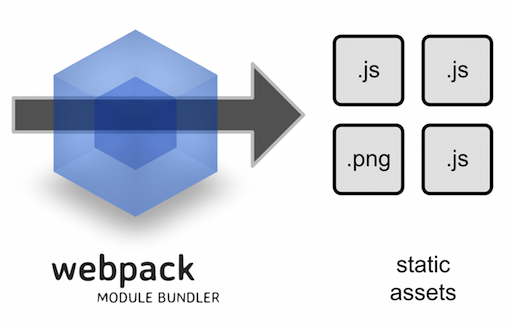Content List
- Introduction
- Function Constructors and Prototypes
- Prototype Properties
- Changing a functions prototype
- Multiple Inheritance
- Using Classes to create the prototype chain
- Extending built-in Objects
Introduction
In my previous post, i mentioned that ALL javascript objects have a prototype property. This prototype property is only a reference to another object (it does not live on the object). What happens is, if you ask javascript for a property on an object and it does not find it, the prototype object will be searched for that property. If it exists, that value will get returned. If you are familiar with the concept of inheritance, then this is how it works in javascript. Meaning an object in javascript inherits from its prototype (or prototype chain). This is why inheritance in javascript is called prototypal inheritance. Inheritance has a very simple meaning, it means one object gets access to the properties and methods of another object. In javascript that would be its prototype object. Read More





